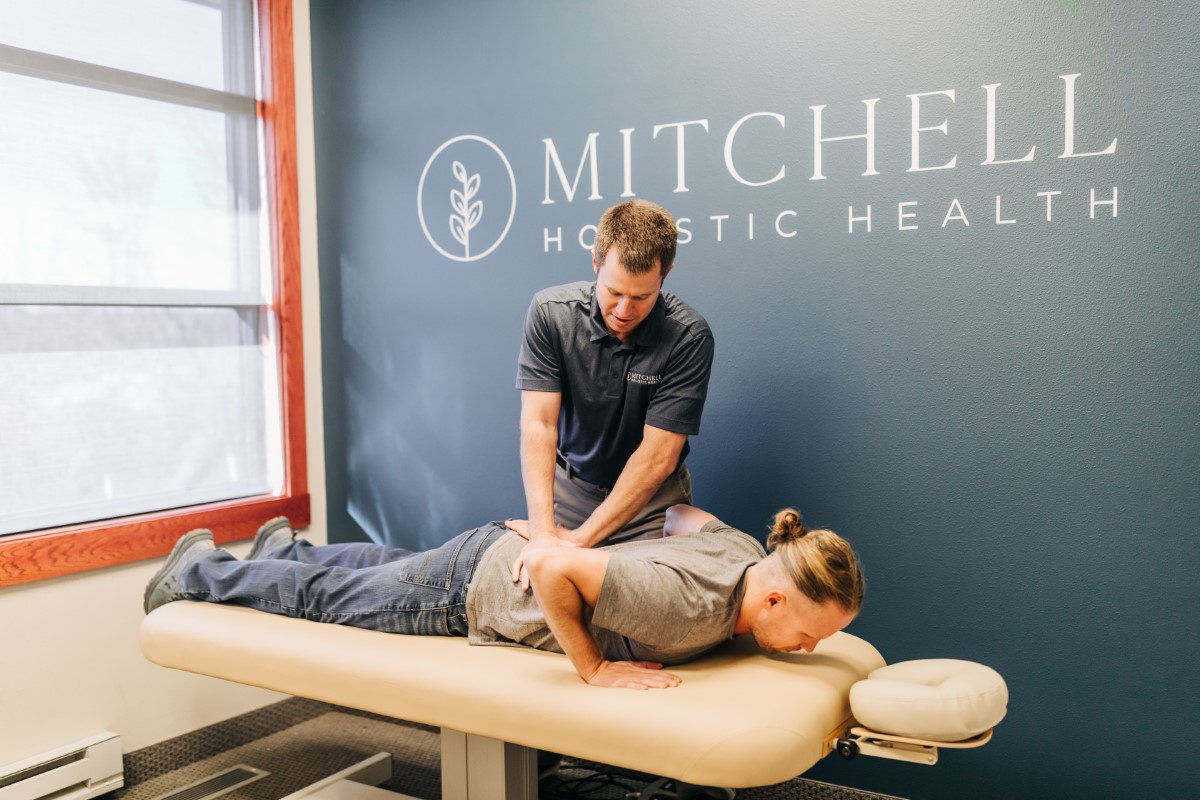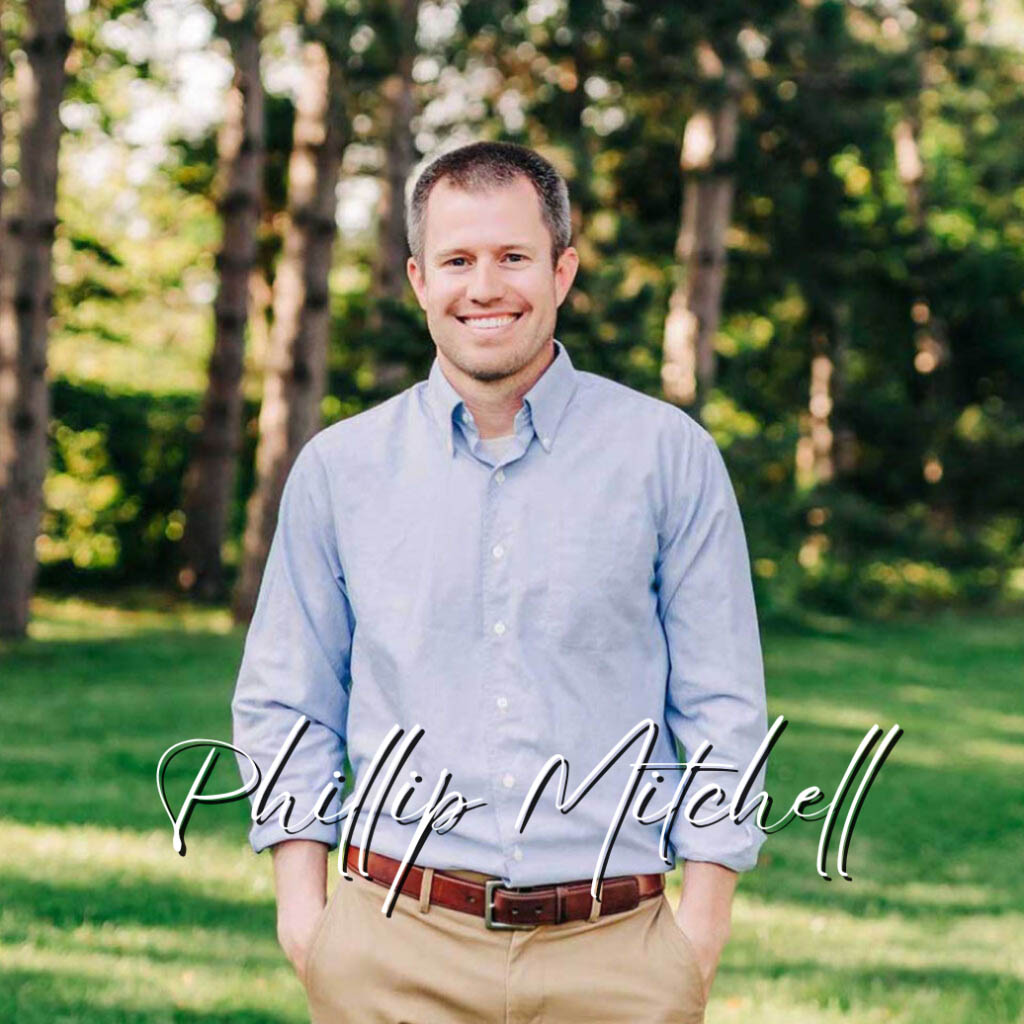
Hey everyone, this is Phillip Mitchell today on our blog. I’m a Doctor of Physical Therapy, and I wanted to write about something that we are asked a lot in our type of clinic – “What does it mean to be a holistic physical therapist?” My goal in this blog post is to define what a holistic approach to physical therapy looks like and how my career has led me down this path.
How I got started
Like all physical therapists, I got into the field because I love working with people and figuring out how to get people back to optimal health through the rehabilitation process. There is nothing more rewarding than seeing people get back to their normal life and activities that they love. This is what motivates us to get up and come to work. Early in my career, I knew that to provide the best care possible, I constantly needed to be learning more about the human body and approaches within the field of physical therapy to get the best results for my patients.
The first step I took to become a better physical therapist was to get certified in the McKenzie Method. What drew me to this approach was its focus on the body’s potential to repair itself without the need for surgeries, medications, ultrasound, injection, or hot/cold treatments. The McKenzie approach also places a big focus on patient education and patient empowerment to be in control of their own plan of care. These foundational beliefs about the McKenzie approach resonated with me, and without knowing it, was setting the foundation for my move into holistic medicine.
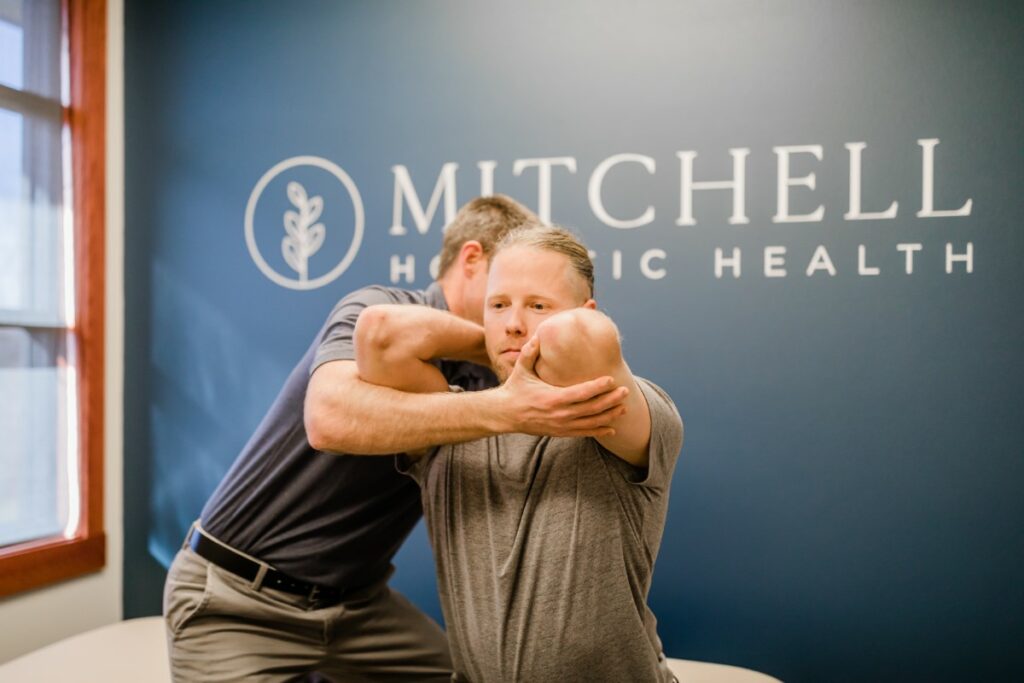
My transition to a more holistic approach
During my early years in the field, I was starting to become frustrated with the one size fits all approach to physical therapy and the focus of symptom management instead of treating the root cause. It was sad hearing the stories of patients who had been in pain for years, spent thousands of dollars, and had no improvement to show for it.
The common theme that was playing out with these patients was they had many treatments for their symptoms, but nobody had really addressed the root cause of the pain or injury/condition. Hearing these stories only motivated me to keep learning more about alternative or holistic approaches to help these patients.
Fast forward to 2019, I had been working as a physical therapist for 8 years and felt like I was continuing to grow in my knowledge and skills as a physical therapist as I became certified in Dry Needling and Selective Functional Movement Assessment. It was exciting to learn these new techniques and approaches as I felt I had more “tools in the toolbox” to help people through the rehab process.
Although I didn’t know it, my and my family’s world was about to be turned upside down. In June 2019, my wife was diagnosed with Hashimoto’s Thyroiditis after the birth of our second child. We were completely shocked; we thought we lived a healthy lifestyle and these types of diagnoses only happen to “unhealthy” people.
Once we got over the initial shock of the diagnosis, the one question we couldn’t shake was, “Why did Claire get sick?”. Like I mentioned earlier, I was a true believer in getting to the root cause as a physical therapist and couldn’t believe there wasn’t a reason why Claire got sick, even though we were being told by physicians and health leaders that they didn’t know why she got sick (they told us Hashimoto’s was idiopathic [meaning they didn’t know its origin] and sometimes it’s just ‘bad genes’). The basic response was we don’t know why you got sick, but we have a pill that will treat your symptoms of Hashimoto’s thyroiditis.
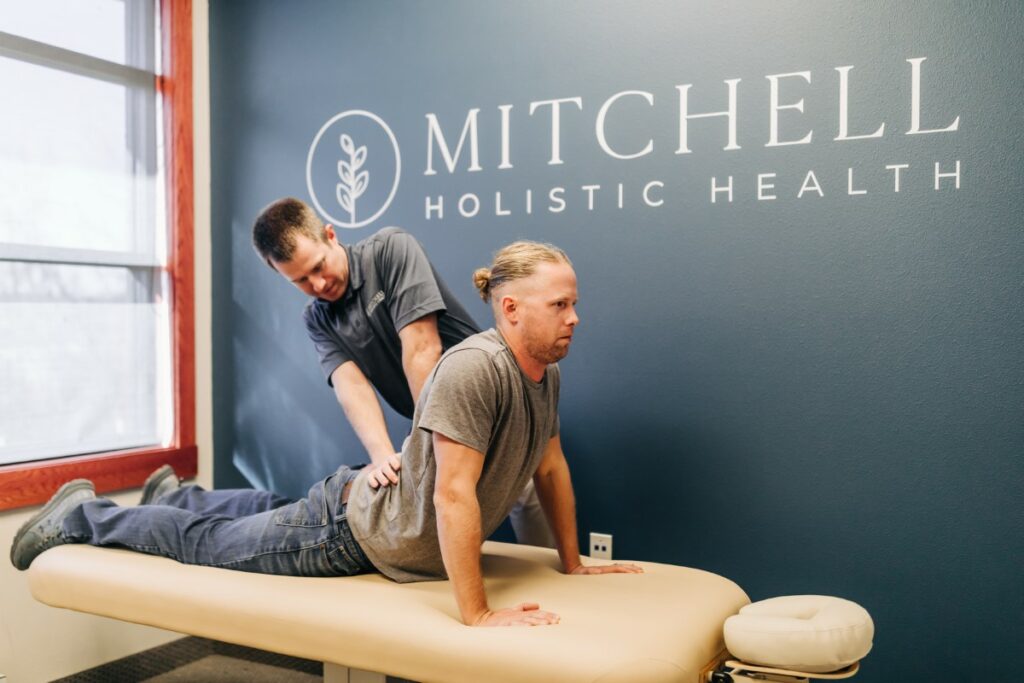
Well, that answer didn’t sit well with us, and so we started doing our own research into functional medicine. We started out on a journey to heal her thyroid, and we both became fascinated with everything we were reading on Functional Medicine, not knowing that this passion would lead to us owning our own Holistic Health practice. Functional Medicine is an approach to medicine that focuses on the whole person instead of symptoms and its foundation is looking at the ‘why’ behind your symptoms – what’s actually causing them.
The more I learned about the human body and holistic medicine, I started asking myself, “Why aren’t we addressing these topics in physical therapy?”. Physical therapists are knowledgeable about inflammation and its role during the rehabilitation process, but I realized I didn’t have sufficient training to know “why” these people were coming to us with inflammation throughout the body. Yes, there is some basic knowledge in regards to inflammation and how it can lead to joint pain, inflamed nerves, headaches, and widespread common pain, but when assessing my toolbox of skills, I realized my “toolbox” needed more holistic tools if I was to ever adequately address the root cause of my patient’s pain/condition.
Physical therapy, the gut, and inflammation
While continuing to learn more about holistic medicine, I began to understand the relationship between gut health and inflammation. Claire’s gut health was ultimately the focus in her healing journey, and I knew that a basic working knowledge of gut health was essential if my patients wanted to address the root cause of their pain fully and from a whole-person approach. In addition to learning more about nutrition, I began looking into Frequency Specific Microcurrent at the suggestion of a functional medicine physician.
I quickly became fascinated with frequency medicine and the potential it had to help treat the root cause and ultimately help people recover from acute or chronic injuries that haven’t responded to other traditional physical therapy approaches. I plan on doing another separate blog on Frequency Specific Microcurrent, how it works, and how it has completely changed my physical therapy practice in the coming weeks – so stay tuned.
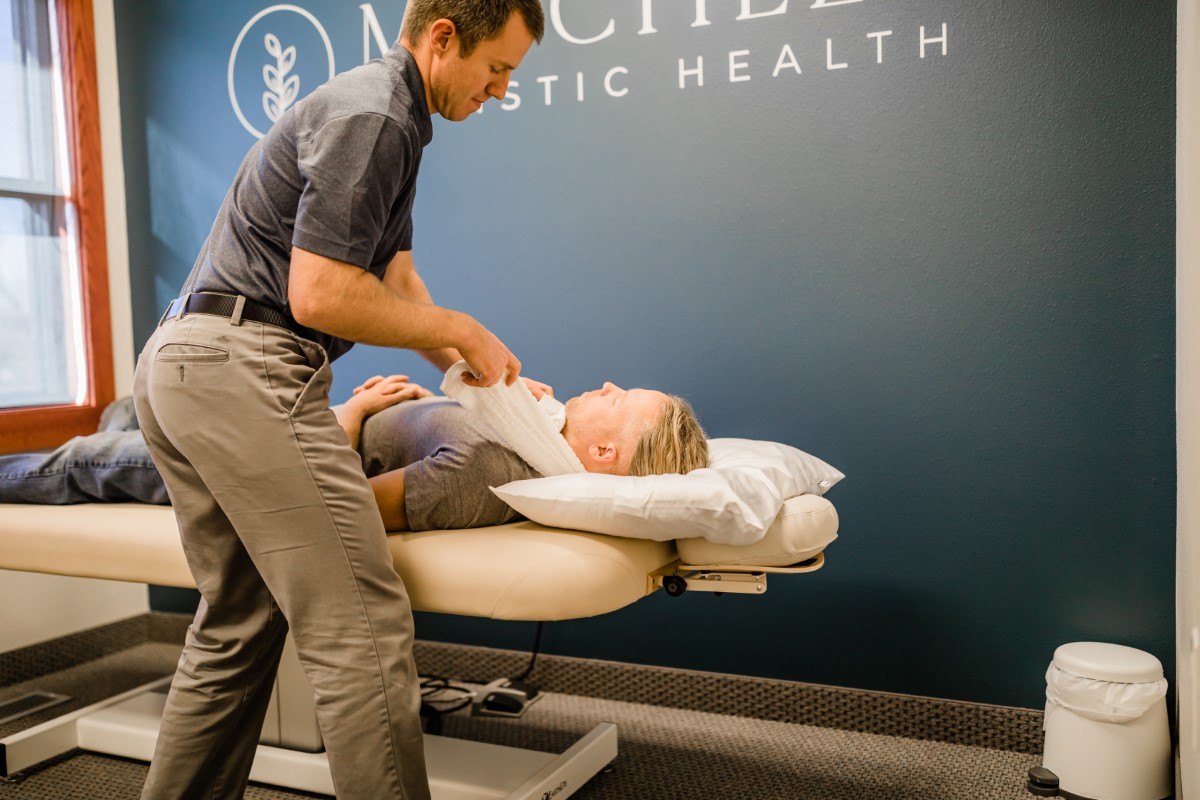
Throughout my journey that I shared above, the conclusion that I’ve come to is this: we have to address/treat the whole person, and not just the symptoms, to get the best results and outcomes. Not only do patients deserve this, but it is ultimately what they are looking for when they come for treatment. This whole-person, holistic approach is the foundation of Mitchell Holistic Health and is why I call myself a holistic-minded physical therapist.

